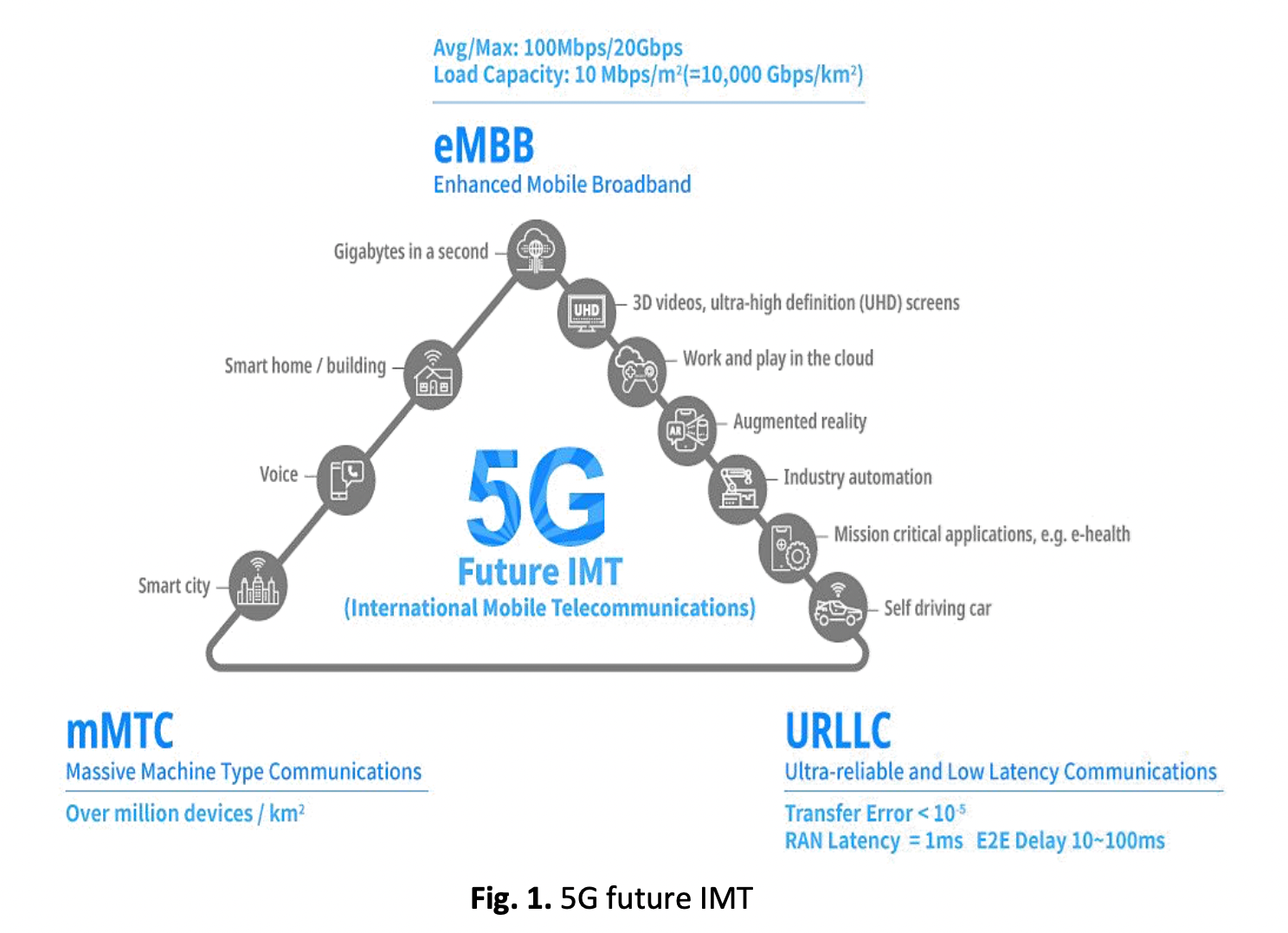Enhancing Workforce Performance and Applications Toward Industry 5.0 with the 5G Conceptual Framework in Malaysia
DOI:
https://doi.org/10.37934/araset.31.3.282289Keywords:
The Industrial Revolution, 5G Technologies, Industry 5.0, competenciesAbstract
As part of its "industry revolution plan," also known as "Industry4WRD," Malaysia has accepted and implemented contemporary technology, transforming Malaysia's diverse industrial sectors. We are currently well-established fourth Industrial Revolution of human history. The range and sophistication of digital instruments have increased significantly in recent years. Everything from robots to the Internet of Things (IoT) devices, communications infrastructure, data centres, and their power requirements. The manufacturing industry must develop innovative technologies, designs, structures, and concepts for communication and data storage to enhance the digital world's functioning and reduce the amount of energy necessary to operate it. Industry 5.0 is the next wave of industrial innovation, and industry experts eagerly anticipate its arrival. To increase industrial efficiency and flexibility, digitalisation and AI-driven technologies have supplanted the original goals of Industry 4.0, which included social fairness and sustainability. One interpretation of Industry 5.0 is that it is the return of the "human-centred" emphasis of Industry 4.0. By prioritising the well-being of people and the planet over pursuing financial gain, technological breakthroughs in industrial production would acquire a renewed sense of purpose and direction. A literature search was conducted to learn more about the first description of Industry 5.0. By utilising this strategy for systematic literature research, we could understand the concept and the most recent advancements in various published works. Following this, we used the software NVivo to develop a conceptual framework congruent with the study's objectives.
Downloads




























